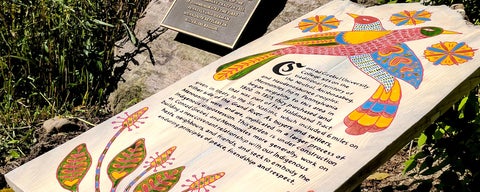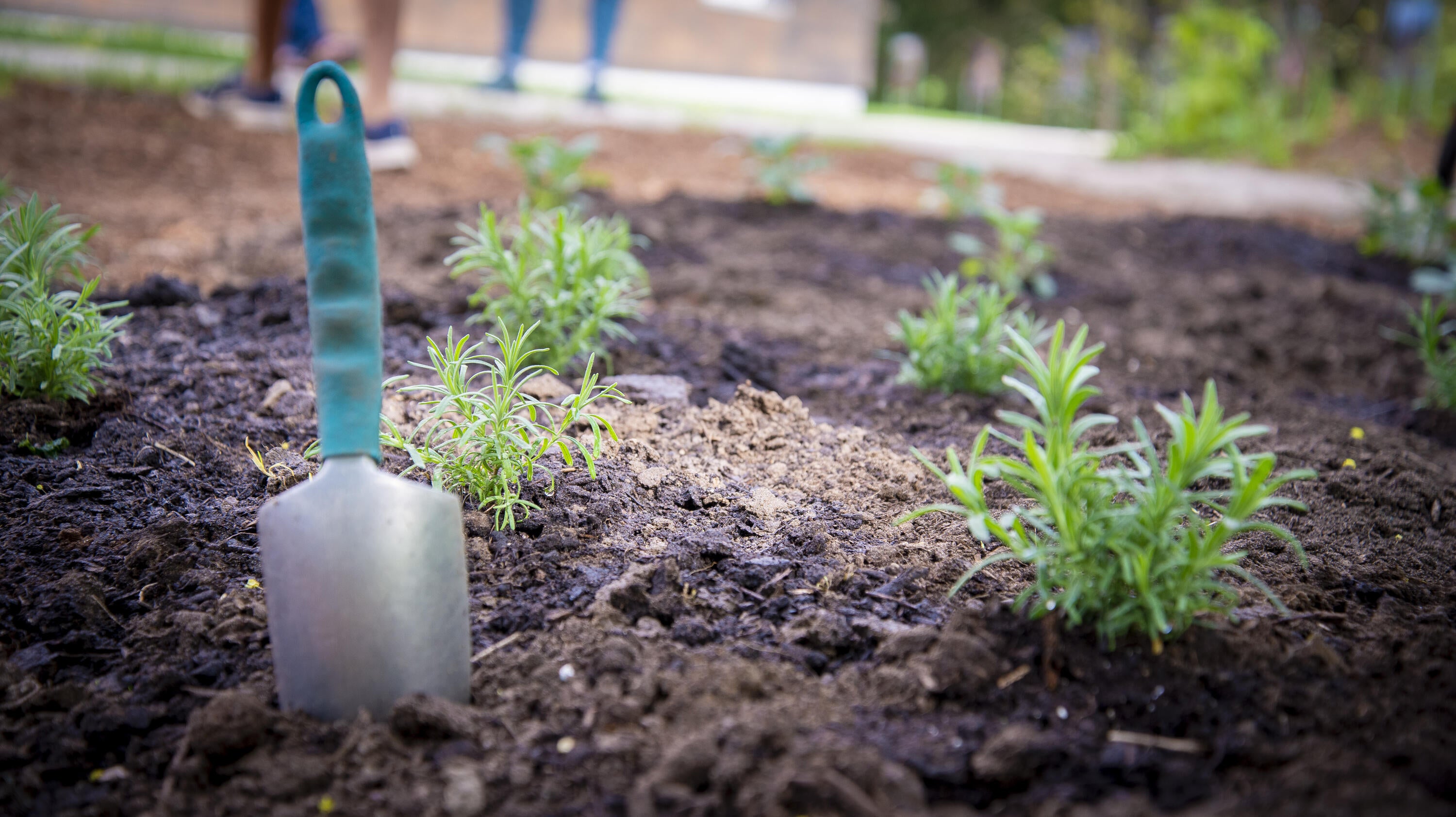
Conrad Grebel University College is situated on the traditional territory of the Attawandaron (Neutral), Anishinaabeg, and Haudenosaunee peoples. The College and the University of Waterloo were built on the Haldimand Tract, the land granted in 1784 to the Six Nations that includes 10 kilometres on each side of the Grand River from its source in Dundalk to its mouth at Lake Erie.
The Mennonites were the first permanent white settlers in the area we know today as Waterloo Region. In the early 19th century, the initial settlers were led to the Grand River, with its surrounding fertile soil and forests by a guide from the Mississauga of the Anishinaabe peoples who lived here and understood the land. In 1805 Mennonites from Pennsylvania purchased 60,000 acres of land – Block 2 of the Haldimand Tract – in present-day Kitchener-Waterloo.
Mennonites now live, and continue to settle, on the full length of the Haldimand Tract. The land was granted to support the Six Nations in perpetuity, but this did not happen. Our work at reconciliation with Indigenous peoples includes decolonizing our historical narratives, our minds, and our hearts. This is an ongoing process, and we have a long way to go. We do this in humility and gratitude to our Indigenous neighbours, past and present.
Four Quadrant Garden
At the conclusion of Indigenous-Mennonite Encounters in Time and Place, participants planted a four quadrant garden with plants common to early Mennonite settler gardens and to Indigenous peoples past and present — tobacco, sage, bee balm, lavender. The garden is a physical and symbolic reminder that our relationships, justice and reconciliation all need care and attention.
